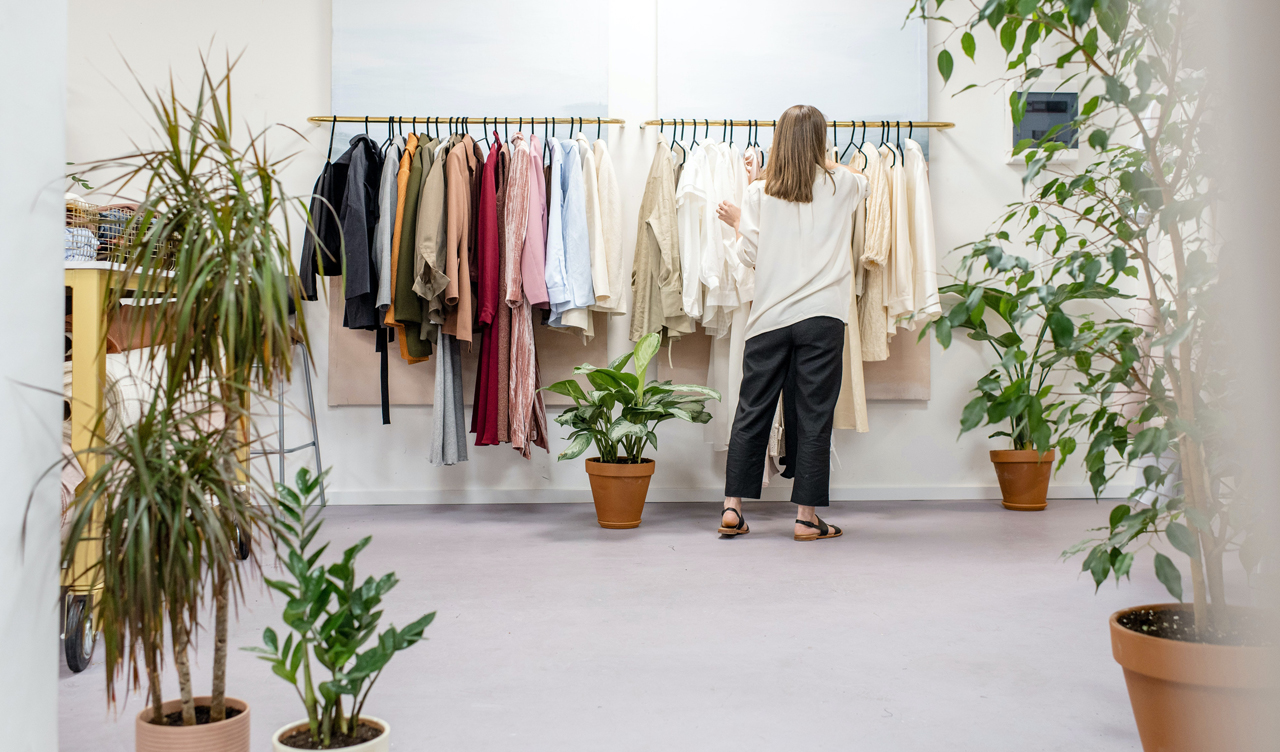
10 Sep 3 Ways COVID-19 Has Changed The Retail Scene Globally
The methods that have been adopted by brick-and-mortar stores to survive beyond the pandemic
Ever since the beginning of the pandemic, this collective event has changed the way consumers shop – the enactment of strict lockdown policies, safety distancing measures as well as the provision of round-the-clock sanitization services for retail outlets even after the lockdown policies have lifted marks several changes in the global retail industry as a whole.
Retail stores in general, due to the lack of shoppers or online presence, were forced to shutter their physical stores. Esprit, for example, closed all 56 stores in Asia outside mainland China. As a result, more brick-and-mortar retailers begin to migrate their operations online as more shoppers turn to online shopping due to safety distancing measures and the rise of telecommuting.
However, this does not mean the complete end for physical retail stores. There are three main changes to the retail industry due to the pandemic. The migration towards a growing online presence is one of the three fundamental shifts to the retail scene. The other two shifts are the revitalization of the pop-up scene and the integration of physical and digital shopping in retail stores.
Building Online Presence and Adapting to Policy Measures For Physical Retail Stores
Many brick-and-mortar stores have since begun to prioritize the need to build their online presence by introducing e-commerce services and the option to shop for their products online. For example, BHG is planning to start its online store. Indie brands in the skincare and cosmetics industry have also adapted by spending more on online advertising and creating engaging promotional materials on social media to attract more shoppers online. Store fixtures have also been altered slightly to improve the state of safety for both retailers and shoppers. For example, protective shields are added at the cashier counter when payment is made. Product testers especially for cosmetics have also since been revamped into tiny packages that shoppers can bring home since test-swatching is not allowed to contain the potential spread of COVID-19.
Revitalization of The Pop-up Scene
Setting up pop-up stores and complementing it with a growing online presence has been one of the methods retail brands have used to combat the COVID-19 crisis. Benefits offered by pop-ups include more flexible operations for retailers and the space to ‘play by ear’ with the easy assembly of fixtures with pop-ups. Thus, this provides shoppers still with the irreplaceable social experience that they do enjoy but converted to a ‘micro’ one when digital tools such as QR codes are used to provide more product information at the pop-up booth as compared to a physical retail assistant. Payment would be done cashless as well, via quick card payment or QR codes that require minimal contact from the personnel manning the pop-up stall. Essentially, the use of the physical pop-up stores will have certain aspects of the shopping experience digitized to ensure retail shopper’s safety as well as complement the measures in place to combat COVID-19.
Integration of Physical and Digital Shopping Experience
This concept was first adopted by the first Taobao shop in Singapore at Funan mall in 2019. In summary, retail shoppers at the Taobao shop were able to touch, feel, and interact with their desired merchandise before purchasing them online. These merchandises were home living products consisting of kitchen appliances, furniture, and homeware appliances of notable brands such as Xiaomi. Using QR codes, retail shoppers were able to obtain additional information on the electrical appliances, furniture, and homeware that they were interested in. Store refresh programs or actions are implemented to improve the retail store’s layout in line with COVID-19 measures. Overall, as the retail industry continues to adapt to the pandemic, many brands have followed this path as well to retain shopper traffic via the seamless integration between physical and digital commerce. For example, from late August to late September 2020, Lancôme has debuted its very first ‘virtual’ pop-up store in Singapore, that promises an immersive retail experience for their consumers where they can explore the renowned skincare brand’s flagship store from the comfort of their homes.
If you are in retail and would love to know how you can revamp your physical store that adapts and evolves with the ‘new normal’, Futuristic can offer valuable insights with our team of experienced engineers and designers on how best can you revamp or refresh your current store fixtures to complement the changes brought on to the retail business by the pandemic. For more information, visit our ‘Contact Us’ page or get in touch by sending us your business inquiries at contact@futuristicgroup.com!

No Comments